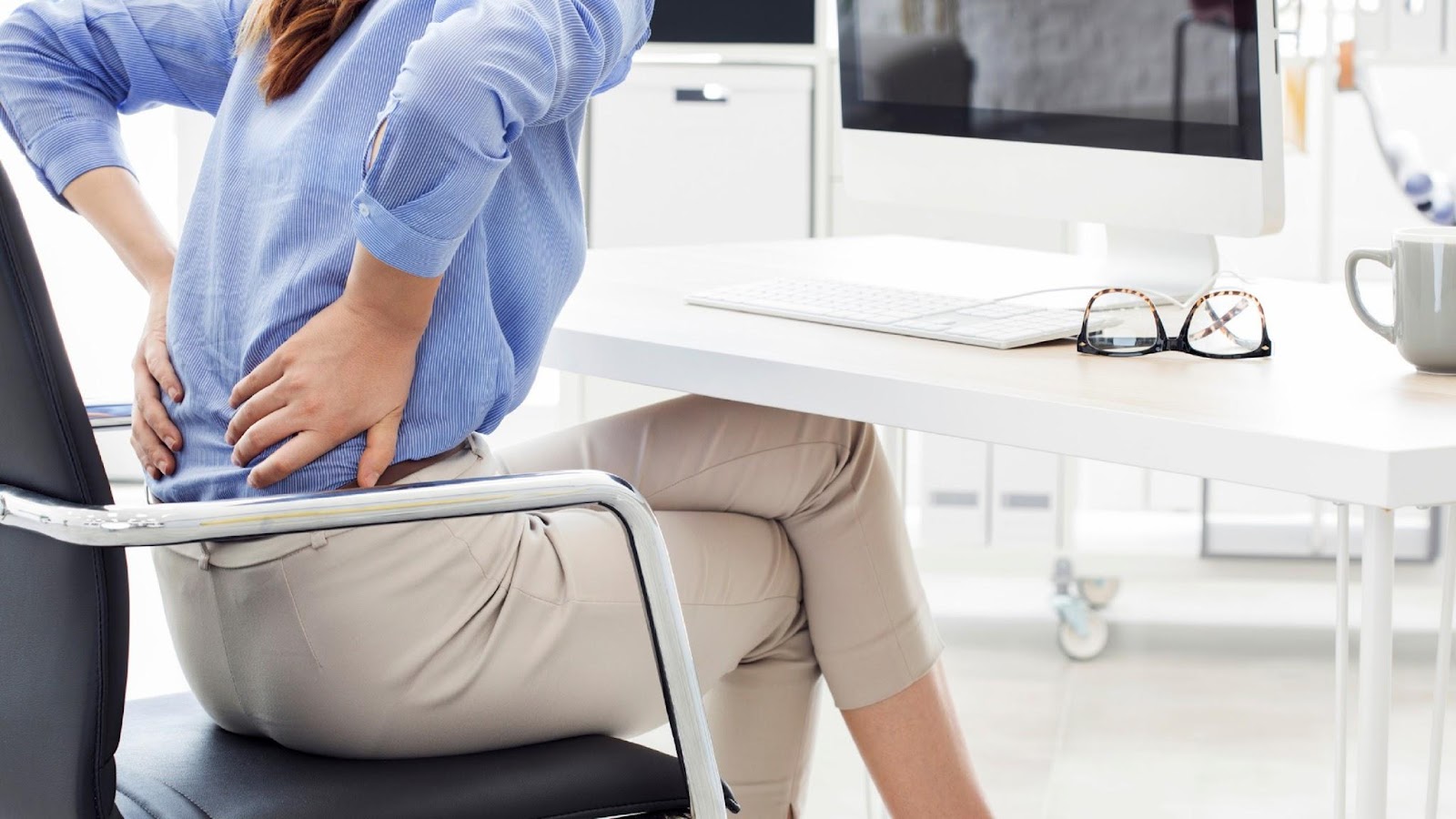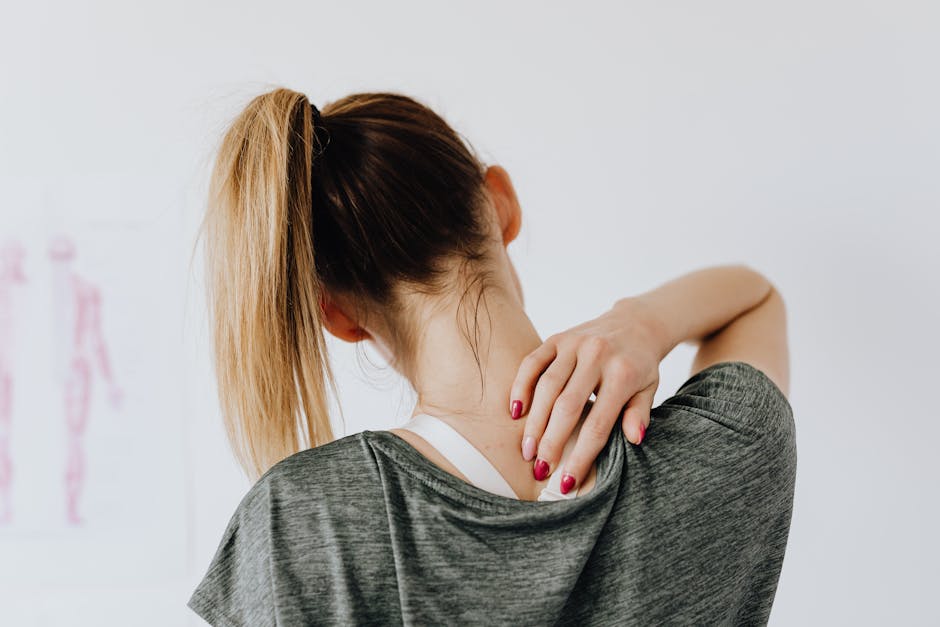Comments
- No comments found

Dealing with persistent leg and lower back pain can be a daily struggle for many individuals.
Whether it stems from long hours of sitting at a desk, strenuous physical activity, or underlying health conditions, finding relief is essential for maintaining a good quality of life. Fortunately, several effective strategies and techniques can help alleviate discomfort and promote healing. In this article, we'll explore six miracle tips for finding relief from leg and lower back pain, offering practical advice backed by science to help you reclaim comfort and mobility.

Maintaining good posture is crucial for reducing strain on your legs and lower back. When sitting, ensure your feet are flat on the floor, and your knees are at or slightly below hip level. Use a chair with adequate lumbar support to encourage proper spinal alignment. When standing, distribute your weight evenly on both feet, avoiding locking your knees. Engage your core muscles to support your spine, and imagine a string pulling you upward from the crown of your head. By prioritizing proper posture throughout your day, you can minimize discomfort and prevent exacerbating existing pain.
Stretching is a simple yet effective way to alleviate tension and improve flexibility in your legs and lower back. Focus on stretches that target key muscle groups, such as the hamstrings, quadriceps, calves, and hip flexors. Incorporate dynamic stretches into your warm-up routine before exercise and static stretches after workouts to enhance muscle recovery. Additionally, consider practicing yoga or Pilates, which emphasize gentle stretching and strengthening exercises to support spinal health. By incorporating regular stretching into your routine, you can increase your range of motion, reduce stiffness, and decrease the likelihood of experiencing discomfort.
If you're experiencing chronic or severe leg and lower back pain, it's essential to seek professional guidance from a healthcare provider or physical therapist. They can conduct a thorough evaluation to identify the underlying cause of your pain and develop a personalized treatment plan to address your specific needs. This may include manual therapy techniques, targeted exercises, ergonomic adjustments, or other interventions tailored to your condition. For those with persistent and severe lower back pain unresponsive to conventional treatments, exploring Anterior Lumbar Interbody Fusion (ALIF) could provide long-lasting relief and improved quality of life. A good healthcare provider will help guide you through your journey to finding relief and provide valuable resources for managing your symptoms.
The shoes you wear can significantly impact the health of your legs and lower back. Opt for footwear that provides adequate cushioning, arch support, and stability to minimize impact during daily activities. If you spend prolonged periods standing or walking, consider wearing supportive inserts or orthotics to enhance comfort and reduce strain on your feet and back. Replace worn-out shoes regularly to maintain proper support and alignment. By investing in supportive footwear, you can alleviate pressure on your lower body and promote better posture and overall spinal health.
Regular exercise is essential for strengthening muscles, improving circulation, and supporting spinal health. However, high-impact activities like running or intense weightlifting may exacerbate leg and lower back pain. Instead, focus on low-impact exercises such as swimming, cycling, or walking, which provide cardiovascular benefits without placing undue stress on your joints. Incorporate exercises that target core muscles, such as planks, bridges, and gentle abdominal work, to enhance stability and support for your lower back. By engaging in low-impact exercise regularly, you can promote healing, reduce inflammation, and alleviate discomfort in your legs and lower back.
Mindful movement practices, such as tai chi and qigong, can be beneficial for alleviating leg and lower back pain by promoting relaxation, balance, and body awareness. These gentle, flowing exercises focus on coordinated breathing and fluid movements to release tension and improve energy flow throughout the body. Additionally, mindfulness-based techniques like meditation and deep breathing exercises can help reduce stress and alleviate muscle tension, contributing to overall pain relief. By incorporating mindful movement into your daily routine, you can cultivate a deeper connection between your mind and body, leading to greater comfort and well-being.

Leg and lower back pain can significantly impact your daily activities and quality of life, but it doesn't have to be a constant struggle. By implementing these six miracle tips for relief, including prioritizing proper posture, incorporating regular stretching, investing in supportive footwear, engaging in low-impact exercise, practicing mindful movement, and seeking professional guidance, you can take proactive steps toward alleviating discomfort and promoting healing. Remember to listen to your body, pace yourself, and be patient as you explore what works best for you. With dedication and perseverance, you can bid farewell to back pain and embrace a life of greater comfort and mobility.
Leave your comments
Post comment as a guest